Heating Options for Older Home
liz_and_kris
11 years ago
Related Stories

FLOORSWhat to Ask When Considering Heated Floors
These questions can help you decide if radiant floor heating is right for you — and what your options are
Full Story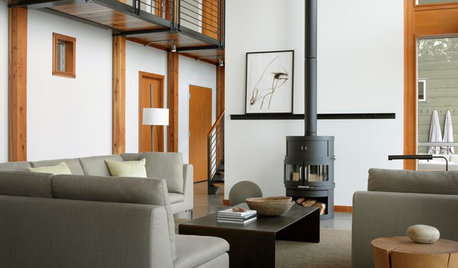
REMODELING GUIDESClean-Burning Woodstoves Ignite a Greener Heating Trend
No need to rely on oil or gas to heat your home — new woodstove designs burn cleanly and are beautiful to boot
Full Story
GREEN BUILDINGInsulation Basics: Heat, R-Value and the Building Envelope
Learn how heat moves through a home and the materials that can stop it, to make sure your insulation is as effective as you think
Full Story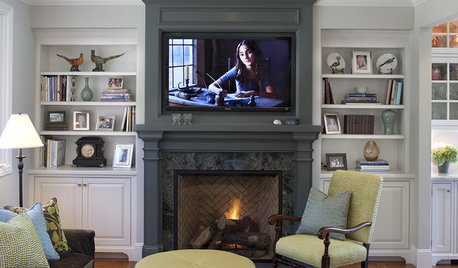
DECORATING GUIDES10 New Looks for Fireplaces in Older Homes
From updated bricks to modern art on the mantel, these ideas for the fireplace will help your older home feel young at hearth
Full Story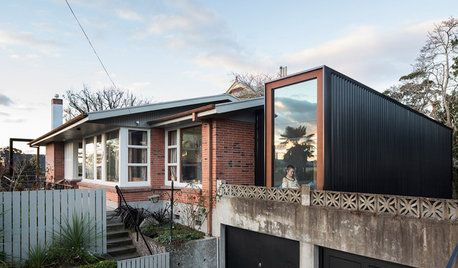
ADDITIONS7 Modern Additions to Older Homes
These contemporary add-ons go their own way as they play off the style of the original
Full Story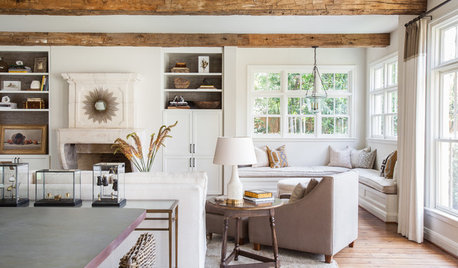
MOST POPULARHouzz Tour: Gracious Older Home Updated for a Young Family
A Texas designer lightens up and repurposes rooms, creating a welcoming space that suits this family’s casual lifestyle
Full Story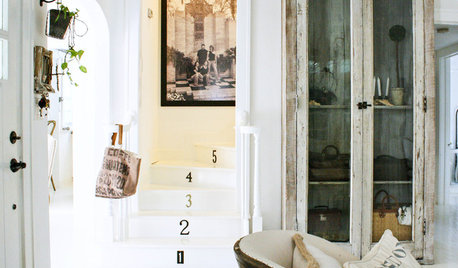
DECORATING GUIDES13 Decorating Tips for Older Homes
Preserve the personality of the past while designing for now with these tips for paint, rugs, window treatments and more
Full Story
BATHROOM DESIGNWarm Up Your Bathroom With Heated Floors
If your bathroom floor is leaving you cold, try warming up to an electric heating system
Full Story
FLOORSIs Radiant Heating or Cooling Right for You?
Questions to ask before you go for one of these temperature systems in your floors or walls (yes, walls)
Full StoryMore Discussions






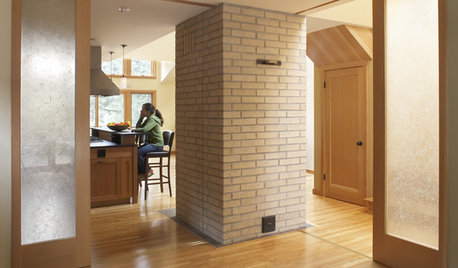
juliekcmo
SaltiDawg
Related Professionals
Brockton Solar Energy Systems · Holliston Solar Energy Systems · Richfield Solar Energy Systems · Inver Grove Heights Solar Energy Systems · Fort Bragg Home Automation & Home Media · Herndon Home Automation & Home Media · Hialeah Gardens Home Automation & Home Media · Norridge Home Automation & Home Media · Palo Alto Home Automation & Home Media · Park Ridge Home Automation & Home Media · San Jose Home Automation & Home Media · Decatur Fireplaces · Lake Ridge Fireplaces · Romeoville Fireplaces · Saint Charles Fireplacesjackfre
liz_and_krisOriginal Author
mike_home